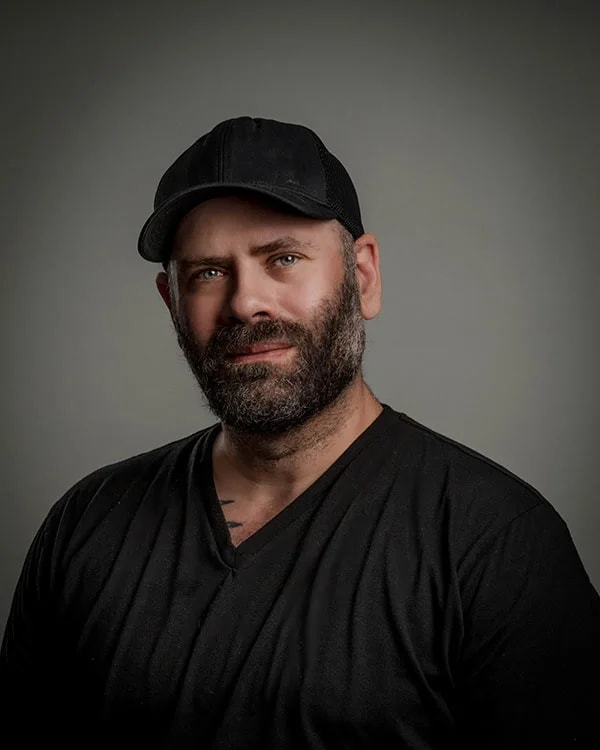Abandoned but Never Empty
St. Albans Sanatorium stands as Virginia's most notorious abandoned asylum, its crumbling walls containing over a century of suffering that refuses to dissipate. Originally built as a Lutheran boys' school, it transformed into a psychiatric hospital that became synonymous with medical horror. Though abandoned since 1995, St. Albans remains fully occupied - by the dead. The sanatorium practiced every cruel treatment known to psychiatric medicine: lobotomies, electroshock, hydrotherapy, and experimental drugs. Patients arrived with minor conditions and left insane, dead, or never left at all. The mass graves on the property contain hundreds of forgotten souls whose names were erased along with their sanity.
A Century of Sanctioned Torture
The Experimental Era
During the 1920s-1950s, St. Albans became a testing ground for psychiatric 'treatments.' Patients were subjected to insulin shock therapy, ice bath treatments, and primitive lobotomies performed without anesthesia. Dr. Joseph DeJarnette, the hospital's most notorious director, performed hundreds of experimental procedures, many fatal. His victims still scream in the abandoned surgical ward.
The Suicide Epidemic
St. Albans had the highest patient suicide rate in Virginia. The isolation, torture disguised as treatment, and hopelessness drove patients to desperate measures. They jumped from windows, hanged themselves with bedsheets, and swallowed glass. These suicide victims are the sanatorium's most aggressive ghosts, trying to push the living toward the same fate.
The Closure and Abandonment
Following numerous lawsuits and patient deaths, St. Albans closed in 1995. Staff abandoned the facility overnight, leaving patient records, medical equipment, and personal belongings. Some claim patients were left behind too - living ones who died in the abandoned wards and joined the supernatural population.
The Asylum's Mad Spirits
Dr. DeJarnette's Vengeful Spirit
The sadistic doctor still performs his experiments on phantom patients. His ghost appears in a blood-stained lab coat, carrying primitive surgical tools. Visitors report feeling invisible hands probing their skulls, and some experience temporary paralysis in areas where lobotomies were performed. His malevolent presence is so strong that even other ghosts seem to fear him.
The Suicide Spirits
Patients who killed themselves remain trapped in their final moments. They appear on window ledges, in shower rooms with phantom nooses, and in the kitchen where some drank cleaning fluids. These ghosts try to convince the living to join them, whispering about peace through death. Several urban explorers have reported suicidal thoughts after encountering these spirits.
The Children's Ward
The pediatric psychiatric ward hosts the most heartbreaking hauntings. Children who were abandoned here manifest as small shadows, phantom crying, and tiny handprints on dusty windows. They seem to seek parental comfort, following visitors and calling them 'Mommy' or 'Daddy.' Some explorers report feeling small hands holding theirs in the darkness.
The Violent Patients
Patients with violent tendencies in life remain dangerous in death. These spirits attack without warning, pushing people down stairs, throwing debris, and scratching exposed skin. The maximum-security ward is so dangerous that even paranormal investigators avoid it.
Extreme Paranormal Danger
The Possession Ward
Ward 7, where the most disturbed patients were housed, has the highest rate of possession attempts. Visitors report losing time, speaking in voices not their own, and exhibiting knowledge of patients they've never heard of. Some have had to be physically restrained and removed from the building after becoming violent.
The Medical Phenomena
The surgical suite manifests phantom operations nightly. Visitors hear bone saws, smell ether, and see transparent figures strapped to tables. Some report feeling surgical pain - incisions appearing on their skin that heal within hours. Medical equipment moves on its own, and surgical tools have been found arranged in operation-ready positions.
The Mass Grave Activity
The unmarked graves behind the hospital create a paranormal vortex. Full-body apparitions rise from the ground at night, searching for their names, their families, their identities lost to bureaucracy and death. Electronic equipment fails completely in this area, and several investigators have reported being pulled underground by invisible hands.
Enter at Your Own Extreme Risk
St. Albans Sanatorium is officially closed and condemned, with trespassing strictly illegal and extremely dangerous. The building is structurally unsound, contains asbestos and other hazards, and is patrolled by security. More importantly, it's genuinely dangerous from a paranormal perspective. Those who have entered illegally report experiences that required professional psychological help afterward. The spirits here aren't just frightening - they're contagious, spreading their madness to the living. Multiple visitors have been hospitalized for psychiatric evaluation after exploration. Paranormal investigation teams require extensive preparation, protection, and aftermath support when investigating St. Albans. Several teams have disbanded after investigations here, members too traumatized to continue. Equipment regularly fails, team members turn on each other, and some report being followed home by malevolent entities. Local law enforcement reports regular calls about screams from the abandoned building, lights in windows that have no electricity, and figures on the roof. They no longer investigate these calls, knowing the source is supernatural rather than trespassers. St. Albans represents the darkest side of paranormal investigation - a place where the boundary between living and dead, sane and insane, blurs beyond recognition. The suffering endured here was so intense that it created a wound in reality that may never heal. This is not a tourist destination or casual ghost hunt location. St. Albans is a genuine paranormal hazard that has damaged everyone who's entered. Some doors should remain closed, some ghosts should remain undisturbed, and some suffering should be allowed to fade rather than be investigated.

